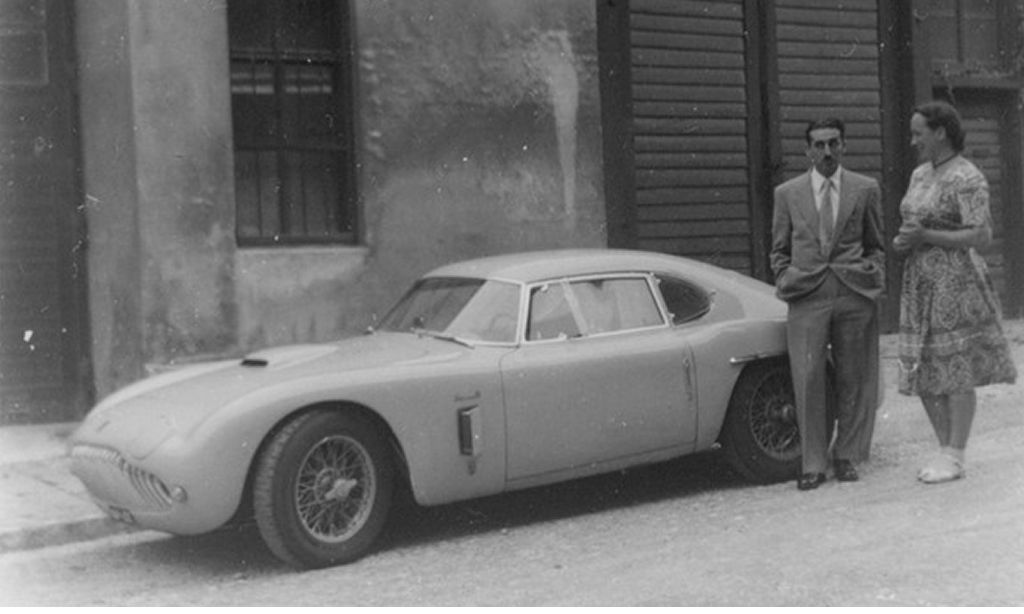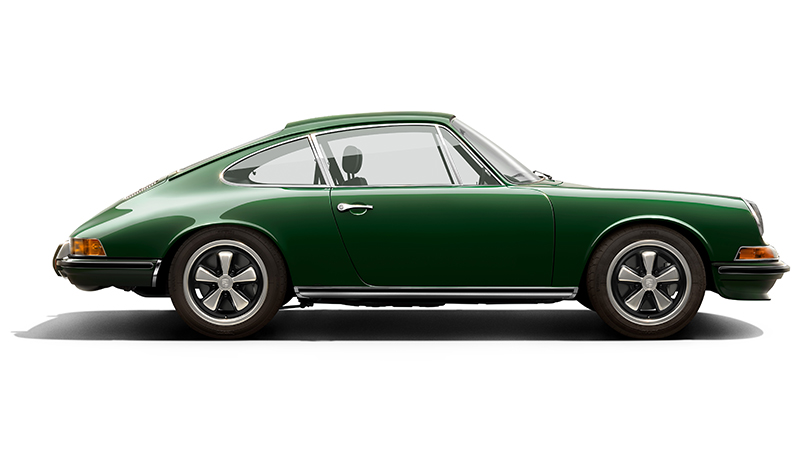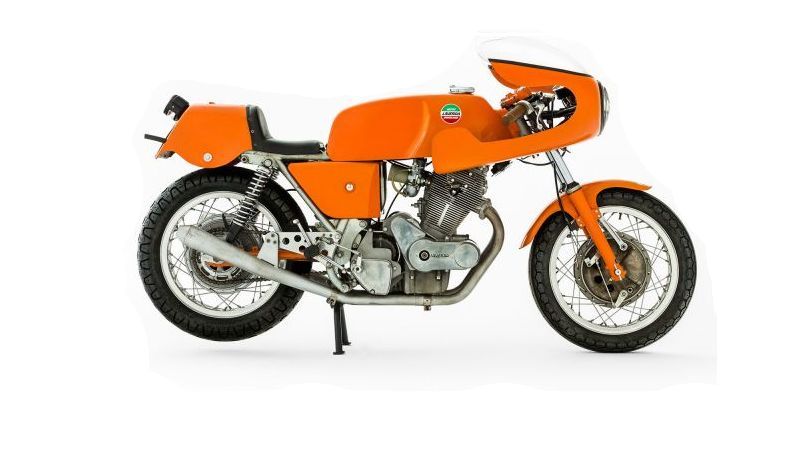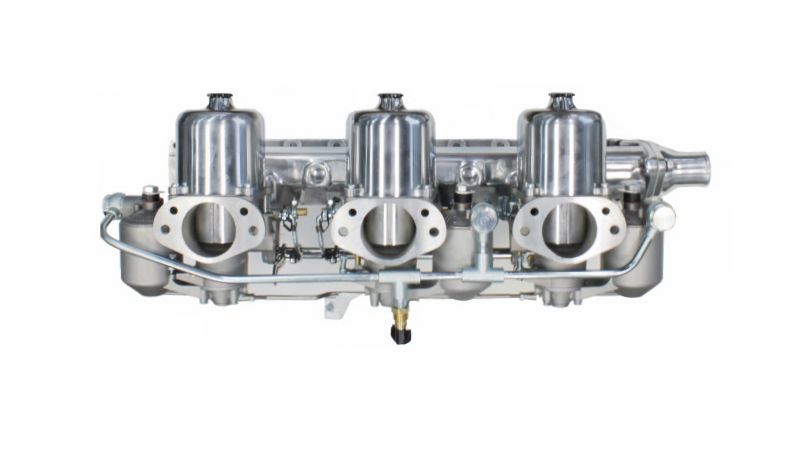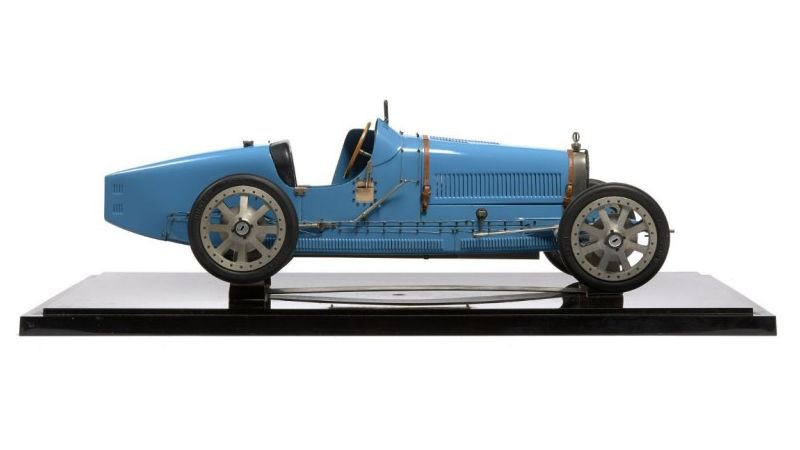Siata Motor Cars
Società Italiana Applicazioni Tecniche Auto-Aviatorie
Giorgio Ambrosini was an avid amateur racing driver in Italy and established a small tuning and performance parts company in Turin in 1926.
It became known under the abbreviation S.I.A.T.A., an acronym with different meanings like "Società Italiana Applicazioni Trasformazioni Automobilistiche" and "Società Italiana Applicazioni Tecniche Auto-Aviatorie".
Either way, Ambrosini concentrated on making common Fiat models faster and was quite successful at that. Especially the modified cylinder heads with overhead valves offered for the small Fiat 500 "Topolino" model were a hit, but Siata also modified larger Fiat models like the 508 Balilla.
A next step was the creation of competition specials for the popular road races of the 1930s which lead to class victories in events like the Mille Miglia, most notably in 1936 with the Zagato bodied Siata 500 Gran Sport driven by Piero Dusio the founder of Cisitalia.
At the end of the 1930s Siata progressed to becoming a car manufacturer with the introduction of the Bertone designed Amica model, a small curvaceous coupe or convertible on a platform chassis powered by a Fiat 500 A engine, of course tuned by Siata.
Soon however war intervened and Siata was forced to produce military equipment which ended abruptly in 1943 when their facility was destroyed by bombs.
After the war the company quickly veered round to the production of auxiliary engines for bicycles and that brought in the necessary funds to return to manufacturing cars. Now Siata became "Società Italiana Auto Trasformazioni Accessori".
In 1948 the new Amica was shown, with a crisp modern bodystyle by Bertone. It was a pretty little car with the engine from the Fiat 500 B offering 22 hp; a competition version even produced 40 hp and snatched the Italian Motor Racing Championship in 1948. The Amica remained in production up to 1956 in various guises and laid a solid foundation for Siata as a brand of car.
From 1950 the Siata model range expanded rapidly, boosted by strong links with the Fiat company following their strategy to stimulate smaller companies to fill in the niches Fiat deemed too small by sharing components.
Fiat's first modern saloon car after the war was the 1400 and almost as soon as that model appeared Siata unveiled the Daina, a 2-seater sportscar available as a berlinetta and a spider based on Fiat 1400 components.
It was a much more grown up car compared to the Amica and offered with quality alloy bodies by Stabilimenti Farina, with the berlinetta resembling the classic contemporary designs of the Cisitalia 202 GT by Pininfarina and the Lancia Aurelia GT by Ghia while the spider was a typical Italian barchetta. So the Daina launched Siata into the Gran Turismo market in style.
Since the Fiat 1400 had a self supporting unitary body construction Siata had to develop a proper chassis for the Daina; it was a sturdy box section platform design allowing the use of many standard Fiat parts. In it the 4-cylinder 1390 cc engine of the Fiat 1400 was placed, tuned by Siata to produce 65 hp @ 5000 rpm.
During production the Daina was revised a few times, most notably around 1952 when the chassis was modified to improve roadholding and handling by moving the engine location backward, further behind the front wheels.
This chassis was known as the type B and lead to the introduction of the Sport coupe with an enlarged 1480 cc engine providing 75 hp and the Gran Sport spider, both again by Farina.
By 1953 further improvements were made and this chassis was referred to as the type C while production of the bodies was carried over to Bertone after the demise of Stabilimenti Farina.
The Daina Sport coupe distinguished itself from the earlier berlinetta by having a proper boot instead of a fastback and also had a less ostentatious grill which, combined with the slightly more stretched proportions, gave it a better balanced appearance.
Apart from the "standard" bodies by Farina and Bertone other carrozzeria also offered bodies for the Daina chassis, like sporting barchettas by Motto and luxury coupes by Vignale.
Daina models were equally at home on the road and on the racing track; many berlinettas, spiders and coupes were used in competition. This happened not only in Europe but also in the US where Siata found a surprisingly eager export market for its lightweight and relatively affordable sportscars.
A Siata model directly aimed at competing against the popular British sportscars on the North American market followed the Daina in 1951: the odd Rallye, which looked like a retro styled sports tourer from the 1930s complete with separate sweeping front fenders.
In a way the Siata Rallye was ahead of its time, which was corrected a few decades later. Far more serious was the Siata 300 BC that was introduced in 1952, a very attractive and competent little sportscar with 750 cc and 1100 cc engines.
And then appeared the model that cemented Siata's place in car history: the 208 based on the exotic Fiat 8V and rumored to be created to help Fiat to sell the surplus of unique 2-litre 8-cylinder engines that were produced.
It was available in extremely attractive Farina coupe and Vignale spider versions and almost instantly a classic which sort of obscured all other Siata models. Production of the 208 ended in 1955 while the Daina was offered up to 1958, together with the related Rallye.
At the end of the 1950s Siata teamed up with Abarth but this didn't had the desired results and by 1961 the companies parted again. Siata continued offering a varied range of Fiat based limited production models which became increasingly less notable, though 1964 was Siata's most successful year with 1400 cars produced.
An offshoot of the company was established in Barcelona, Spain, in 1960 to create modified Seat models with, remarkably enough, small vans and utility vehicles as best selling products.
Times became increasingly difficult for Siata during the late 1960s when the market for their Fiat based specials seemed to dry up but the company still had one trick up its sleeve. Recalling the Rallye of the early 1950s Siata introduced the retro-styled Spring in 1967.
Based on the rear engined Fiat 850S it was sort of a caricature of a classic open British sportscar like the MG TD but it sold like hotcakes, apparently perfectly grasping the mood of the time. Still, even this best selling Siata of all wasn't enough to save the company, that had to close its doors in 1970.
We are looking for the following cars. If you do have any of the below listed vehicles - and you are ready to sell - please Contact Us.
| 500 |
|---|
| Gran Sport |
| Amica |
| Coupé |
| Spider |
| Daina |
| Berlinetta |
| Sport Coupé |
| Gran Sport Spider |
| Pinin Farina |
| Vignale |
| Bertone |
| Motta |
| 208 |
| Farina Coupé |
| Vignale Spider |
We buy, sell, broker, locate, consign and appraise exceptional classic, sports and collector Siatas'
Contact us when you are serious about buying a fine Siata Motor Car or to arrange a free and confidential valuation with a view to selling.
